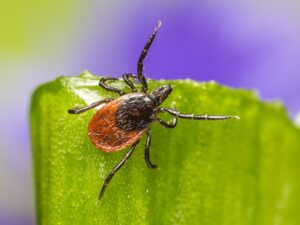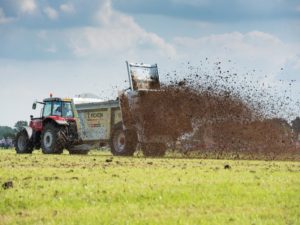 Mycoplasma Bovis is a significant drain on beef and dairy farms, and it’s vital that the industry takes steps to eradicate it.
Mycoplasma Bovis is a significant drain on beef and dairy farms, and it’s vital that the industry takes steps to eradicate it.
“We have definitely been diagnosing more M. Bovis in the past five years, and it’s pretty widespread across the country in both dairy and beef systems,” says Tim Geraghty, centre manager at the SRUC Aberdeen Disease Surveillance Centre.
“This may be due to a genuine increase in M. Bovis, or reflect an increased awareness of the disease by vets and farmers, along with improved diagnostic tests.”
The disease affects both young and adult cattle, and does not respond to some common antibiotics.
“The pathogen doesn’t have a cell wall: A lot of our antibiotics target the cell wall so they are going to be ineffective straight away,” says Mr Geraghty.
“We need to prioritise funding as an industry, as there are too many unknowns,” he explains.
“We need to know how prevalent it is across the country, with random sampling of herds. And there is probably strain variation, which we don’t know much about. I’d also like to see a risk-based trading scheme and certification programme; that would be very helpful.”
Farmers should also be more aware of the disease, says Mr Geraghty. “If you’re buying in stock select the herd of origin carefully to ensure there’s no history of clinical problems.
“Buy as few animals as you need and from as few sources as possible.” An antibody test could also be an option to check if stock are carriers before bringing them onto the farm.
On farm, focussing on good building design and husbandry will help to limit the risk of any disease – so ensure good ventilation in housing and minimise stresses at challenging times like weaning, he adds.
“It’s also important to be aware of the clinical presentation of the disease, and to follow up with diagnostics if you’re not getting a response to control measures.”





